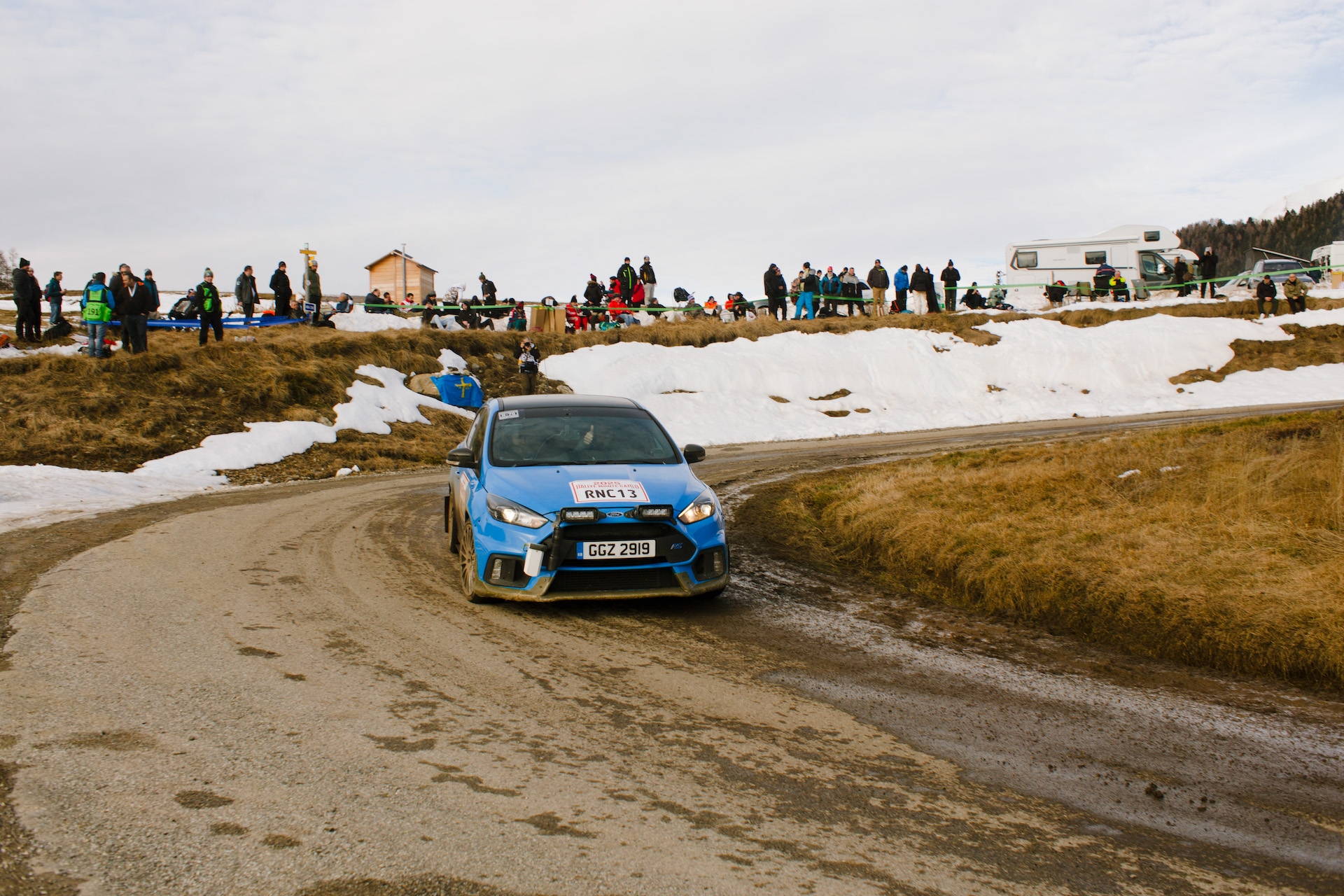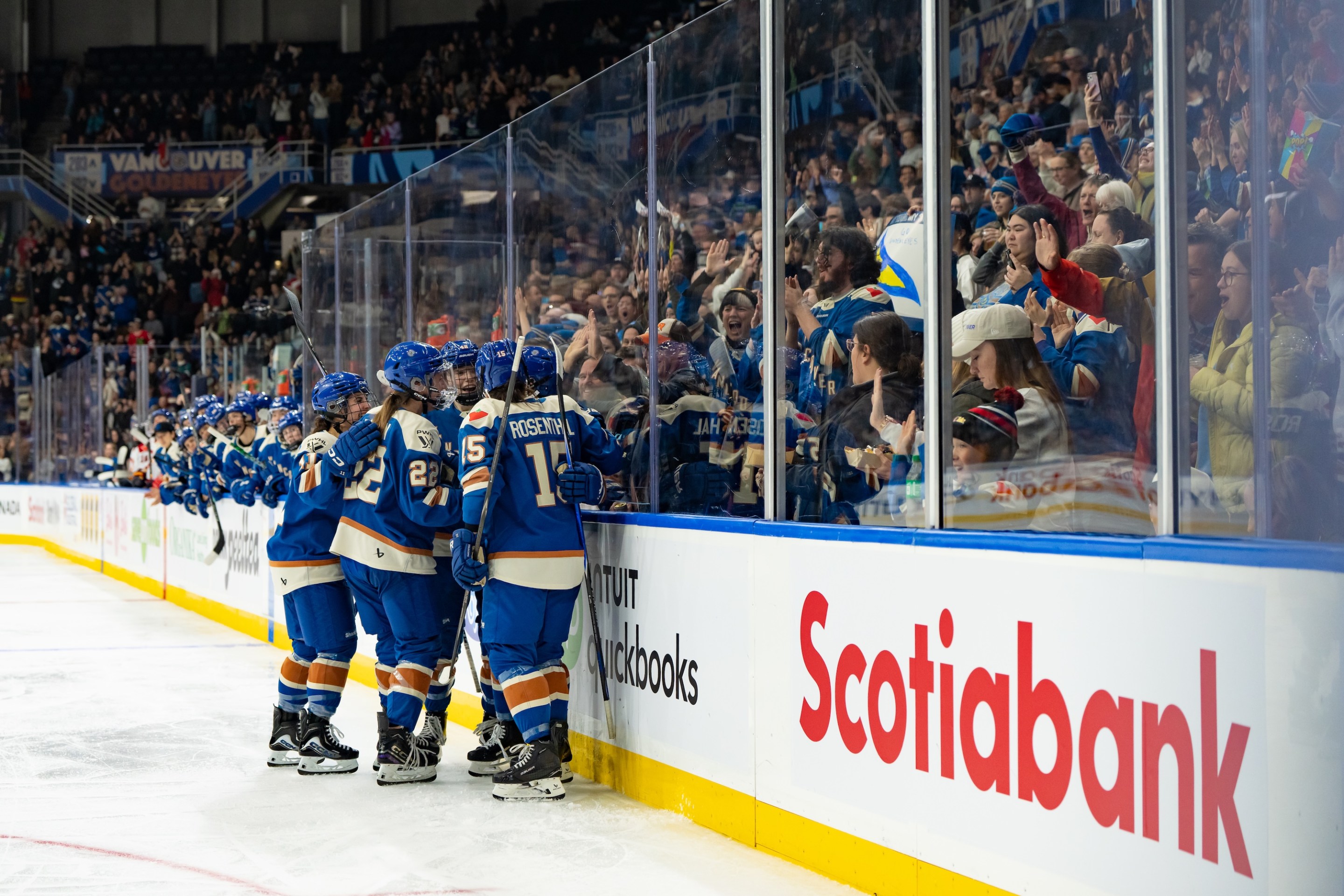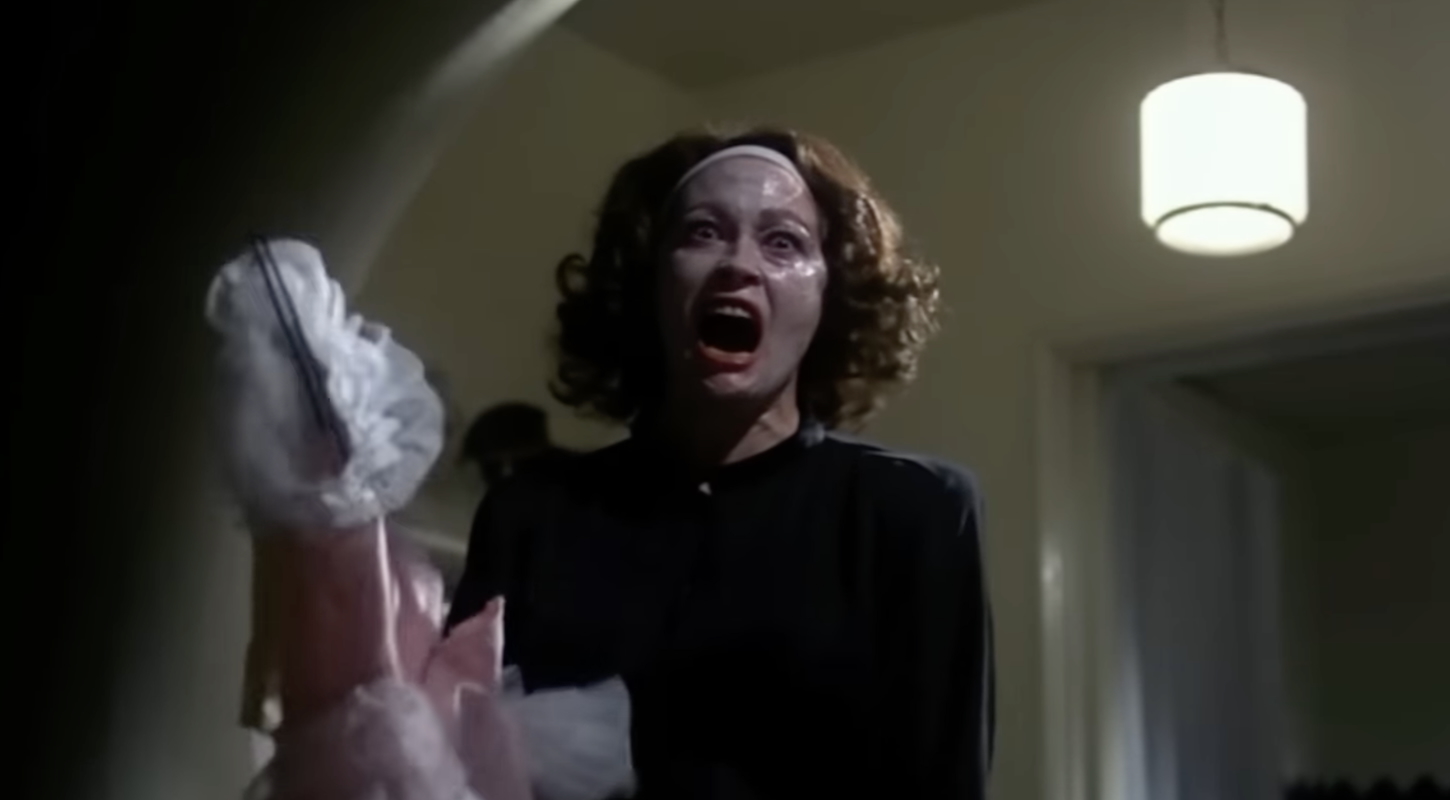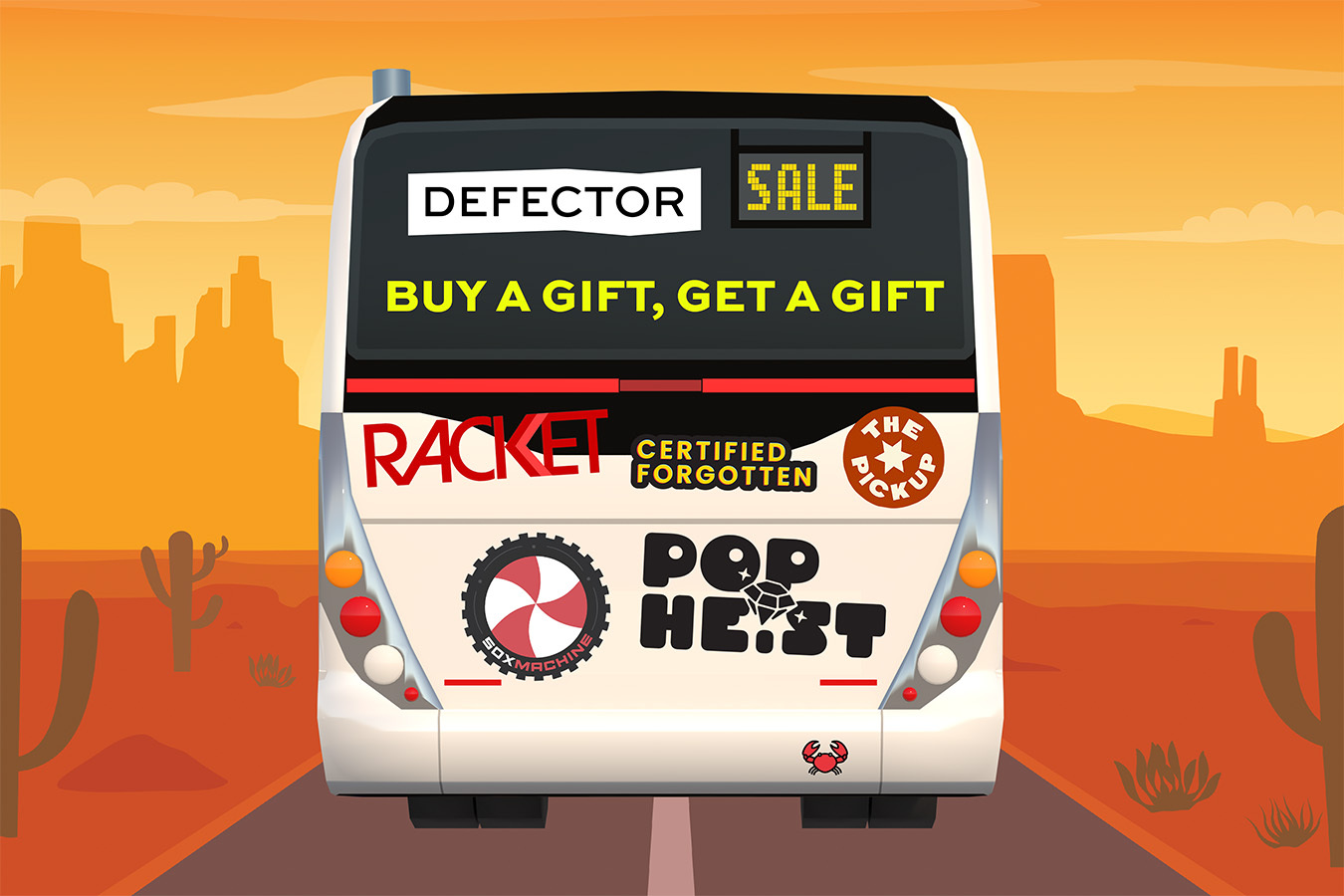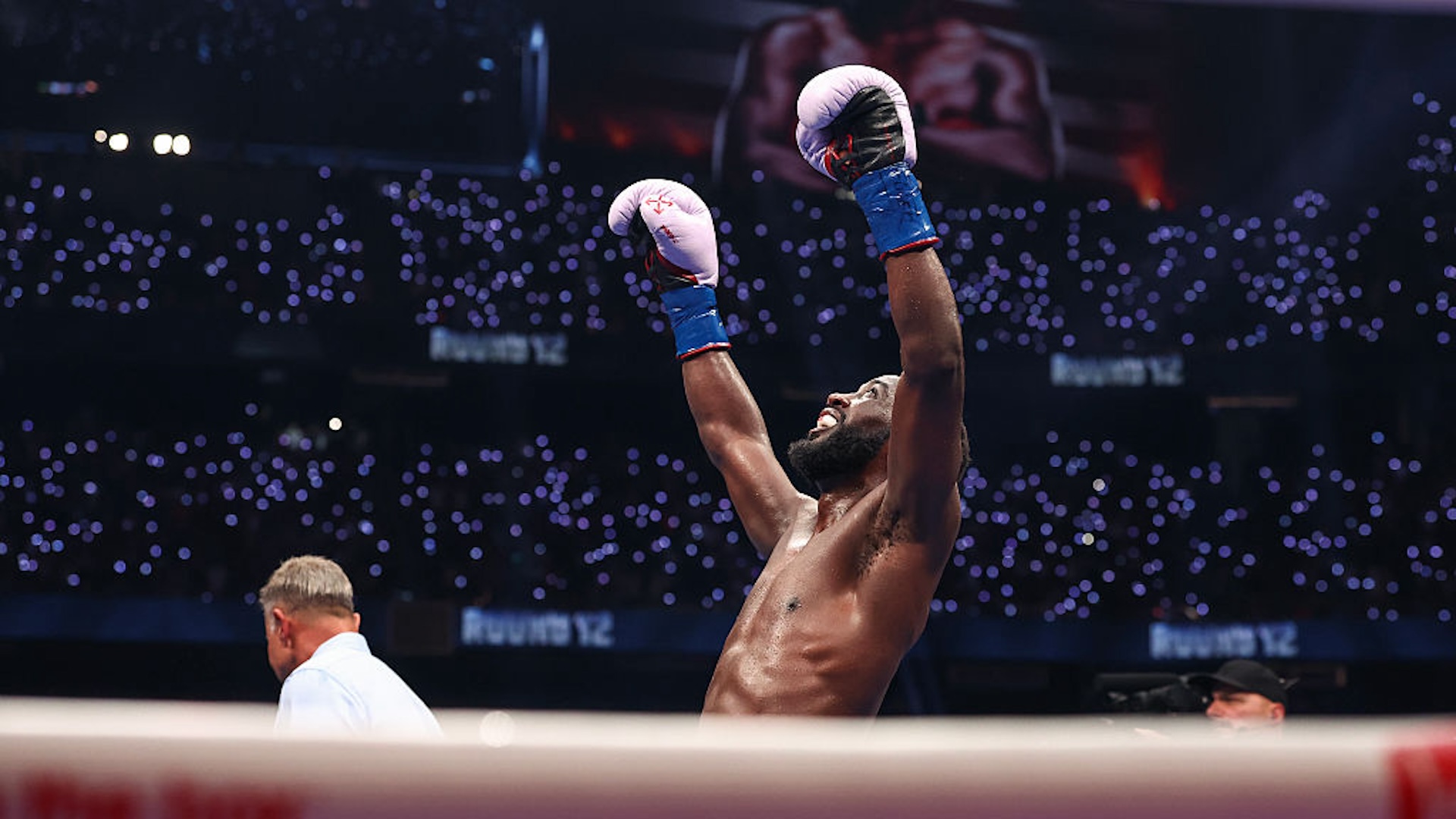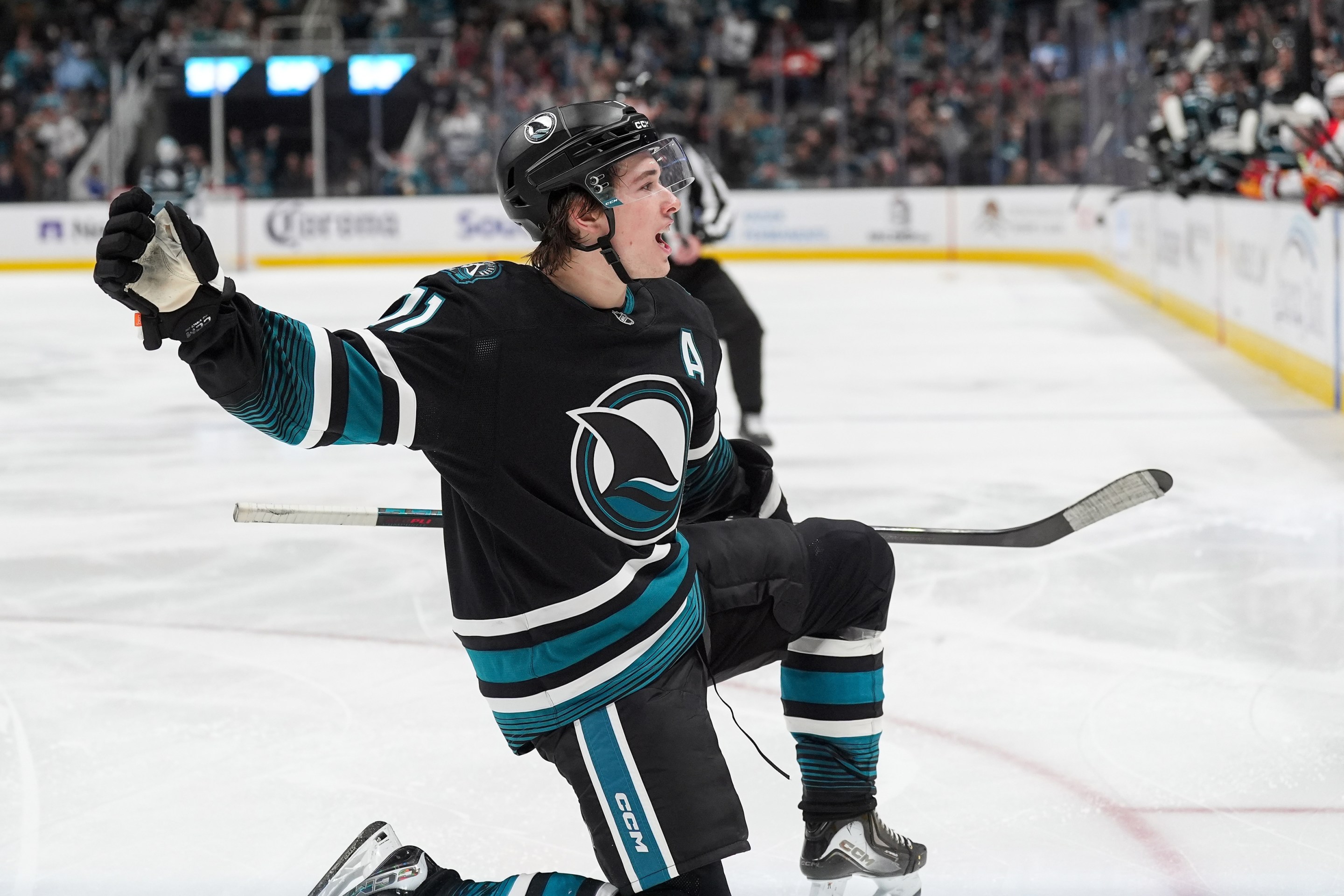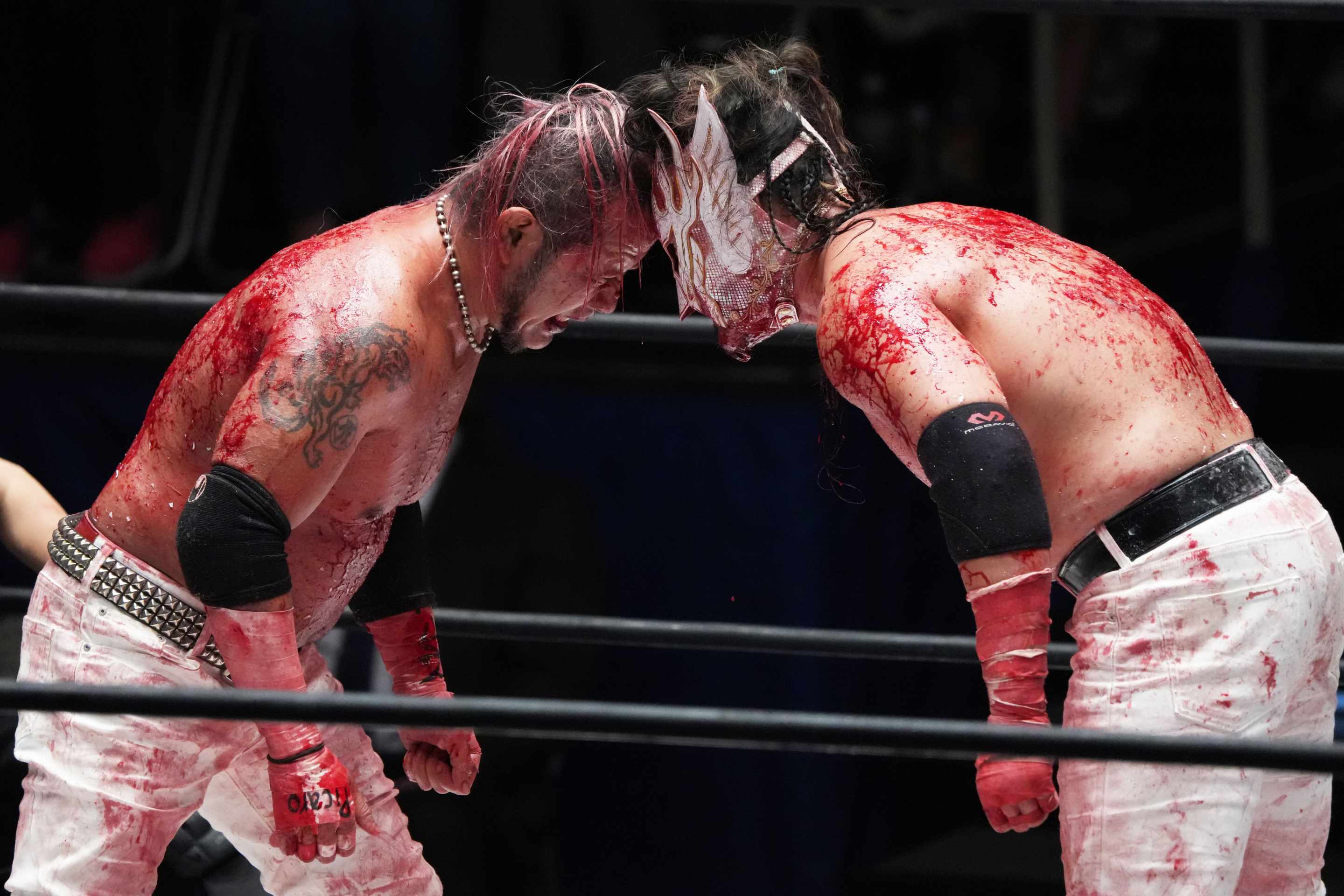THE SOUTH OF FRANCE — The Rallye Monte-Carlo is not only the most prestigious and glamorous event in the World Rally Championship, but also the most logistically demanding. The race, which starts in Monaco and loops 1,012 miles into the Alps and back over the finish line in the Principality, presents its drivers with the most treacherous stages of any rally on Earth. Over the course of a single afternoon, drivers might encounter dry roads at the sunny foot of the French Alps, deep snow at the summit of a mountain, and sheets of ice on the descent. And these conditions can change by the hour. What was a patch of ice in the morning might be a puddle by the afternoon; a corner that was clear at lunchtime might be covered in dirt and slush by the evening. It’s the drivers who ultimately have to navigate these hazards, but their chances at avoiding disaster are drastically improved by a group of people who operate in the margins. These people belong to scouting teams known as “ice crews,” and they make a rally like this possible.
To understand the ice crew, you need to understand the particularities of rallying, which sees $800,000 race cars run flat out against the clock on public roads, closed for what are called “special stages.” Rally drivers get a co-driver, who reads out detailed pacenotes describing each upcoming turn.
These pacenotes are critical, and go through a series of checks. The first is the rally driver and co-driver scouting the roads of the Monte for three days ahead of the rally. This reconnaissance is called the “recce,” and is done on totally open roads, adhering to all speed limits, in a specially prepared recce car. For the lower-budget teams, it’s just whatever extra car they have on hand. I saw a couple of old Renaults and Subarus, and a Porsche 911 doing recce at this year’s Monte. The big teams put a great deal of money into their recce cars, installing racing seats, roll cages, intercoms, rally lights, and a kind of electronic monitoring device that measures the road with a laser. Ford uses old Ford Focus RSes, Toyota uses new GR Yarises, and Hyundai maintains a fleet of debadged BMW 1 Series hatchbacks. During recce, the driver and co-driver run and re-run all the stage roads, making and revising the pacenotes they use in the rally.
But the conditions of the stages change greatly between the recce days and race day. For the second check, teams employ a weather team, or “meteo crew.” Top teams may have half a dozen guys on meteo duty. They walk the stages on race day. I spoke with Raido, an Estonian member of the M-Sport Ford team’s meteo crew, who got the spot because he’s friends with the team’s meteorologist and was otherwise in between jobs. Back at home, he works as a miner. Though the day had him climbing and re-climbing the 5,160-foot Col de Moissière, he enjoyed the travel and the view. I watched him take photos of each corner, which he logged into an app, along with notes as well as temperature and humidity readings both of the air and road surface itself.
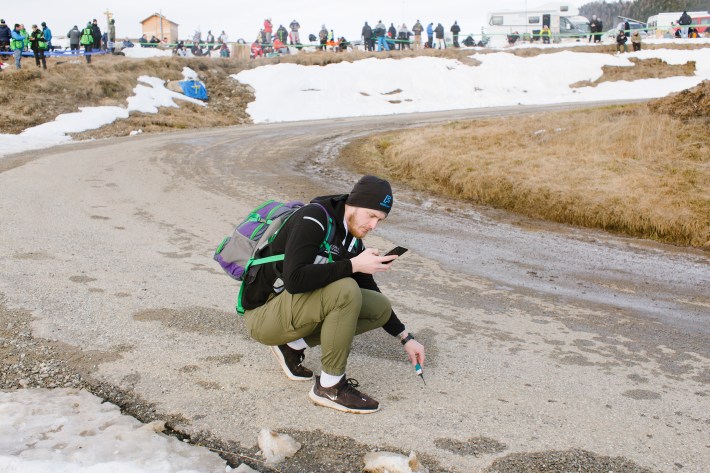
As for amending the notes themselves, that is left to the ice crew.
It’s a serious job, only entrusted to the most experienced people. Ice crews are typically staffed by rally drivers or former rally drivers, often extremely talented in their own right. Ice crew driver Antoine L’Estage is a champion many times over, having clinched the American title in 2010 and the Canadian title 10 times. All of us in the American rally scene talked about it in hushed tones. L’Estage runs the Monte, we’d whisper to each other. It was the highest praise imaginable.
“Some guys don't like the job because it's very stressful. But for me, it was just like a dream to be working in the World Rally Championship,” L’Estage told me in a phone interview a few weeks before the Monte. “Since I was a kid, I’ve been passionate about rally. I still can't believe I did ice notes five times at the Monte Carlo. I drove these roads five times. It’s just unbelievable.”
As in the race cars, these are two-person crews, a driver and a co-driver, who take the recce cars after the drivers are done with them. They photocopy the pacenotes made during recce and are allowed to make one pass down the same stages as the race teams, right before the stages start. “The latest we can go is 70 minutes before car zero,” L’Estage explained. “So the idea is to try to go as late as possible to have the road conditions the closest as possible to what they will be when our team will be driving the same speed.”
The ice crew marks up the co-driver’s pacenotes with their own annotations as they run the stages. “Just like we would do a recce, we have the recce car, we have the headsets, and we're driving the stage and [my co-driver] Chris Patterson will call the notes to me as we drive along. And then what we do is we do not change the pacenotes in terms of corners and stuff like that, distances and things like that. We amend the road conditions.”
Things can come down to the wire. The ice crew navigator may be texting their changes to the co-driver in the rally car on the way to the stage. The co-driver will be scribbling down the ice crew’s revisions while they navigate their driver to the starting line.
Since each driver likes their pacenotes written in a certain way, and since the time frames can be so tight, rally teams like to use the same ice crews year after year. They form long-lasting relationships. And ice crews can sometimes take young drivers under their wings. The most experienced ice crew driver in the field, Patrick Magaud, was the ice crew driver for nine-time champion Sébastien Loeb through his golden era. For the past three years, he has been working for the young French driver Adrien Fourmaux. When I asked Magaud if it was funny that Loeb made a surprise return to the Monte in 2022 and won without him, he laughed. Loeb’s co-driver that year was Isabelle Galmiche, Magaud pointed out in both French and English. Galmiche was his longtime ice crew co-driver. This is a small world.

The terminology is a little confusing. “Ice crew” is a nickname specific to the Monte. In the rules and in other events they are referred to as “gravel crews,” “notes crews,” or “safety crews.” Only at the Monte is ice such a danger that they get the name “ice crews,” and only at the Monte do all teams get them. At the other tarmac events on the calendar, only the top teams are allowed them. It’s a new development. As recently as 2022, only the WRC1 teams got ice crews at the Monte, meaning this was an incredibly specialized role.
“There were only 10 of us in the world doing that job,” L’Estage said. “Originally [the role] was introduced for safety ... It's a way to make it a bit safer for the crew so that they don't go off. So you go around the long left on the side of the mountain, and you don't see the end of the corner. And then suddenly at the end, it's full of gravel, and if you don't know, you'll go off. So there's a safety aspect to this.”
Indeed, an “off” at the Monte has had fatal consequences. The last spectator death in the WRC was in the Monte, in 2017, when up-and-comer Hayden Paddon slid wide on black ice, struck a rock wall, and hit a spectator who should not have been standing in front of it.
At the 2025 Monte, spectator safety has greatly improved, and the WRC has new protocols to keep spectators out of danger zones. There were again no fatalities, but plenty of car wrecks. Reigning world champion Thierry Neuville hit a patch of ice in the braking zone for a corner and crashed, shattering his suspension and forcing him to limp back to the service park with a wheel flopping off the side of his car. Former champion Ott Tänak hit ice and clipped a tree, tearing the back end off his Hyundai. Sébastien Ogier went off on the first night of the rally, then slid into a ditch, through a fence, and back onto the road.
Even driving the ice crew car can be tricky. Stephane Lhonnay, ice crew driver for Grégoire Munster’s WRC1 Ford Puma, jokingly reminded me that Ogier’s ice crew driver rolled their recce car in 2022. And that was Simon Jean-Joseph, who has two European championships to his name.
“Of course, if sometimes we try to go super early because we want to give information earlier,” L’Estage cautioned, “there are some people on the stages. It's an open road, but we don't drive fast when we do that job. Because if you drive fast, you start missing things.” The ice crews I saw weren’t exactly lollygagging, but I could often see driver and co-driver conferring over their notes, and regularly slamming on the brakes going into a corner. It’s important to test the grip of the braking zones and see how easy it is to lock the wheels.
For all the skills required, there are only four events in the year where you can even be in a WRC ice crew. Everybody still has a day job. Lhonnay takes his vacation days to do this, as does Kevin Bronner, his co-driver. He’s a mechanic who works on France’s high-speed trains, the TGV. It’s a suitably French gig if there ever was one.
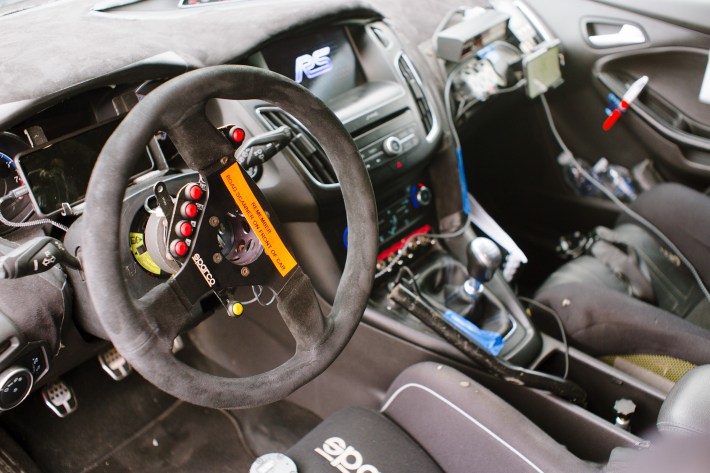
Within the position’s pressures, the ice crews get to know each other. L’Estage explained: “All the gravel crews, we have our own, not our own rally, but we have our own little world an hour and a half before everything. And the cool thing is, yes, we're competing against each other, but not really because we're not the ones doing the rally. So we'll do a first loop of stages and then we'll stop in a little village, and the Ford guys will be there, the Toyota guys will be there, the Hyundai guys will be there ... I made friends that are friends for life now, just because of stopping in a little village and having a coffee with them, and seeing them at the next rally, and the next rally.”
There is a quiet intensity to the ice crew job. A single error in the pacenotes can undo an entire rally. In five demanding days of driving, one lapse in concentration could have tremendous consequences.
A few weeks after our phone call, L’Estage made a sixth appearance at the Monte, as ice crew driver for Gus Greensmith, running a WRC2 Skoda. I texted him congratulations and asked, from the side of the road on Special Stage 8, if he would be passing through soon. Could he take a moment to stop for a photo? “Will go in 15,” L’Estage texted back. “I won’t stop, though.”
